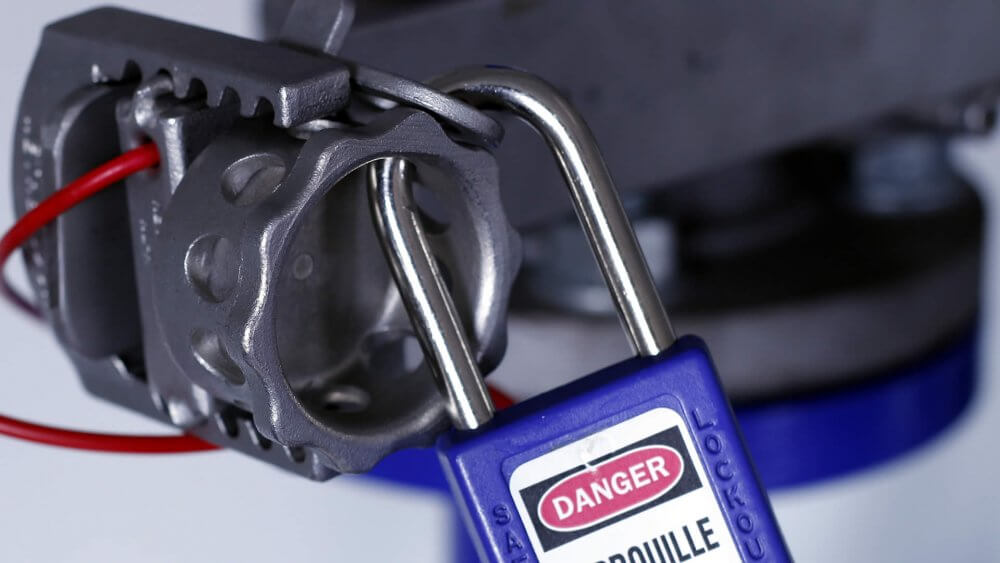If sequential control is unnecessary, a valve locking device can be used to temporarily lock off the valve. The valve locking device enables individual personnel to isolate equipment while they carry out their work, safe in the knowledge that the equipment cannot be used. Sofis offers a full complement of security and commissioning tools.
Valve locking device examples
The Sofis hybrid lock is an example of a universal and flexible stand-alone valve locking device. It fits both hand wheel- and lever-operated valves in all sizes and can be fitted to the valve in any position. It is equipped with a 1.5-metre cable, which can be replaced by a longer cable when necessary. The lock is easy to secure with a padlock and needs no mounting parts. Another example is the Sofis chain lock, a device combining the features of padlocks and interlocks. A durable body and chain make it suitable for use in the most hostile environments. The flag-style ‘colour-aware key’ allows the chain lock to be used with interlock (key exchange) systems. Flip caps prevent the ingress of dust, dirt and other matter when the key is removed.
Using valve interlocks for safeguarding predefined operational sequences
Valve interlocks prevent human error and guide valve operators through predefined valve operating sequences. Unique keys are used to only allow the right valves to be opened or closed in the correct order. By using valve interlocks, industries create safer working environments. Interlocks also reduce costs by preventing product spills or losses due to incorrect changeovers.


